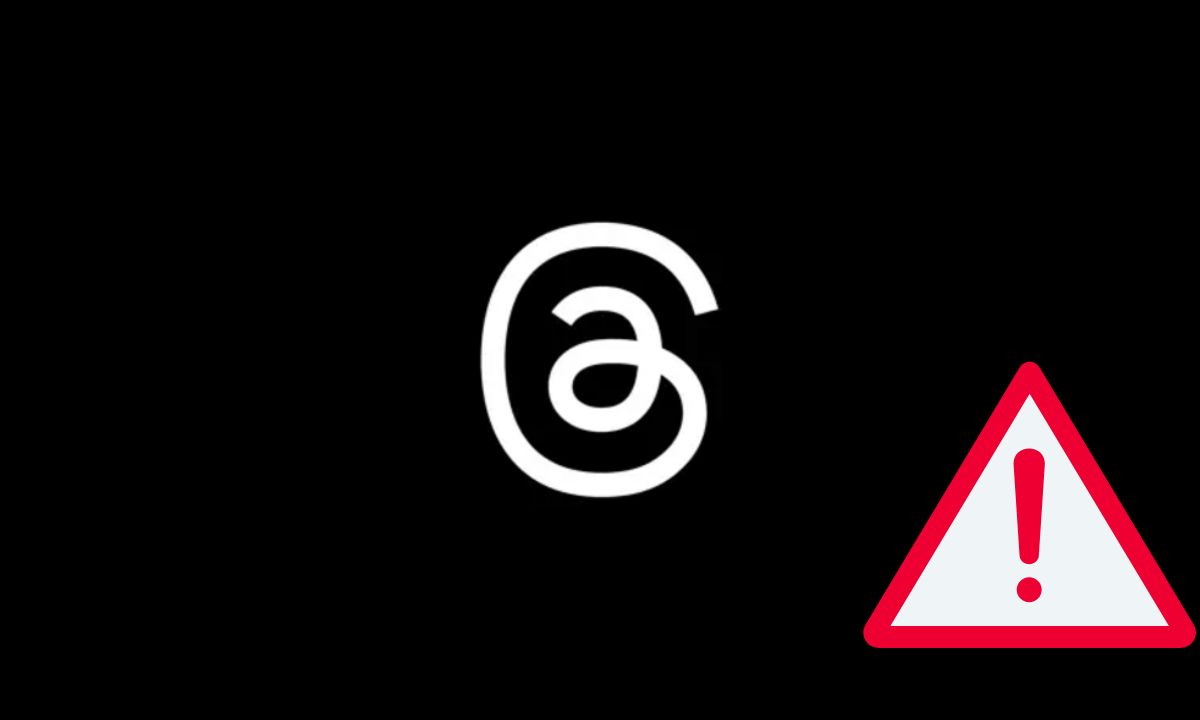Nepal needs around $250 million (NRs 34.28 billion) to build, launch, and operate its own geostationary satellite. This estimate comes from a feasibility study conducted by Turkey’s international satellite company, Turksat.
Study Conducted by Turksat
Nepal Telecommunication Authority (NTA) signed an agreement worth NRs 180 million with Turksat to conduct a feasibility study and technical assessment. The report states that Nepal will require a large budget to develop and manage its satellite.
About Turksat
Turksat is a state-owned Turkish company that operates satellite communication, cable TV, and related services. The company currently operates five geostationary satellites and coordinates with the International Telecommunication Union (ITU) and domestic regulatory bodies.
Nepal’s Satellite Slot Allocation
ITU allocated two satellite slots to Nepal 31 years ago—one at 50° East and another at 123.3° East. However, Nepal has not fully utilized these slots. According to ITU’s “Use It or Lose It” policy, if Nepal fails to use these slots, the rights could be transferred to other countries or operators.
Current Status of Nepal’s Satellite Slot
Nepal has not yet launched a satellite or completed network filing for these slots. Currently, foreign operators are partially using the 50° East slot, while the 123.3° East slot remains empty. This empty slot is considered strategically important for Nepal.
Technical Details of Nepal’s Slot
ITU has assigned frequency bands of 17.3–17.8 GHz (downlink) and 14.5–14.8 GHz (uplink) for the 123.3° East slot. This includes 12 channels with a bandwidth of 27 MHz each.
Filing Expiration and Urgency
Nepal submitted an API filing for the 123.3° East slot in 2015 but did not complete the coordination and notification process. The filing expired in 2022, so renewal or a new filing is now necessary. No filing has been made for the 50° East slot, which is currently used by India and Russia.
Strategic Importance of the 123.3° East Slot
The 123.3° East slot covers Nepal, India, Bangladesh, Bhutan, and parts of Southeast Asia. While no active satellite is in this slot, neighboring slots (122° East and 125° East) have Chinese and Japanese satellites. Coordination is required to secure Nepal’s rights.
Frequency Band Options for Nepal
- Ku-Band (10.7–14.5 GHz): Suitable for video broadcasting and data services. Nepal can consider 88° East, but India currently uses this slot.
- Ka-Band (17.3–30 GHz): High-bandwidth data services, but affected by heavy rain. Nepal’s 123.3° East slot is available.
- C-Band (3.4–6.425 GHz): Weather-resistant and used for both data and video services. Options include 72° East and 119° East, but they have limited availability.
- Q/V-Band (33–50 GHz): Future technology with high bandwidth but not commercially mature yet. The 123.3° East slot is an option.
Cost Analysis and Break-Even Point
If Nepal launches its own satellite, the cost per MHz could decrease by 20%. Currently, foreign operators charge Nepal up to $2,800 per MHz. With its own satellite, Nepal could reduce this to $2,000 per MHz.
A geostationary satellite’s total cost, including regulatory fees, is around $250 million. With an estimated revenue of $28.8 million per year, the break-even point would be reached in 9–10 years.
Ground Station and Operation Center
Nepal could build its ground station in Kathmandu, with backup stations in Chitwan or Pokhara. The estimated cost is $15–20 million. Nepal could collaborate with international agencies like ISRO (India), Turksat (Turkey), or Aerospace (China) for satellite launch and technical support.
Government and Regulatory Requirements
Currently, Nepal Telecommunication Authority (NTA) regulates telecom services but lacks satellite expertise. The government needs to establish a dedicated satellite regulatory body and pass a Satellite Communication Act.
Conclusion: Why Nepal Should Prioritize 123.3° East Slot
Among all options, the 123.3° East slot is the best for Nepal because it is vacant and under Nepal’s control. Nepal should take immediate steps to renew filings, coordinate with ITU, and proceed with satellite launch planning to secure its satellite rights and reduce reliance on foreign operators.








